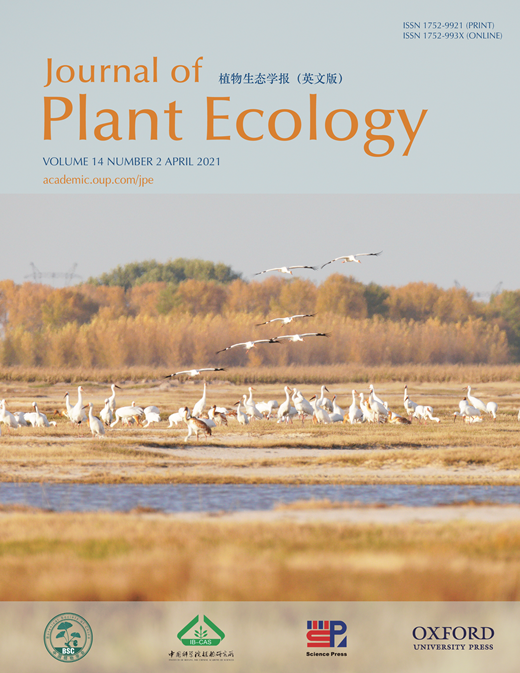Yuanqi Chen, Yu Zhang, Shiqin Yu, Feng Li, Suping Liu, Lixia Zhou and Shenglei Fu
Aims
Reforestation can enhance soil carbon (C) stability and promote soil C accumulation. Experimental results are, however, highly variable, and the efficacy of reforestation in enhancing soil C stability is still in debate. Consequently, it remains unclear how the different soil C pools respond to reforestation in forest ecosystems.
Methods
The response of different soil C fractions to reforestation was examined in five subtropical forests, including the plantations of Eucalyptus urophylla (EU), Acacia crassicarpa (AC), Castanopsis hystrix (CH) and 10 species mixed (MX), and a naturally recovered shrubland (NS). Soil labile C fractions (readily oxidized organic C by KMnO4: ROC; dissolved organic C: DOC), distribution of aggregate-size classes and aggregate-associated C from different soil layers (0–10, 10–20, 20–40 and 40–60 cm) were evaluated.
Important Findings
We found that reforestation and forest type did not affect ROC concentration, yet the highest DOC concentration was detected in NS at four soil layers. Aggregate C concentration was the highest in all aggregate-size classes of CH at 0–10 cm depth. In addition, forest type did not alter the proportion of soil water-stable aggregates at four soil layers. However, soil depths significantly affected the distribution of soil aggregates with >0.25 mm aggregates dominating in the topsoils (0–20 cm), but 0.053–2 mm aggregates being dominant in the deep soils (20–60 cm). These results indicate that reforestation and forest type affected soil DOC (0–60 cm) and aggregate C (0–10 cm). Furthermore, soil DOC and aggregate C were more susceptive to reforestation than ROC. The findings suggest that plantations reduce soil DOC concentration, highlighting that C leaching loss may decrease compared with natural recovery. Moreover, C. hystrix plantation may enhance soil C stability by physical protection in topsoil. This study provides valuable information on tree species selection for reforestation concerning soil C sequestration in southern subtropical China.








